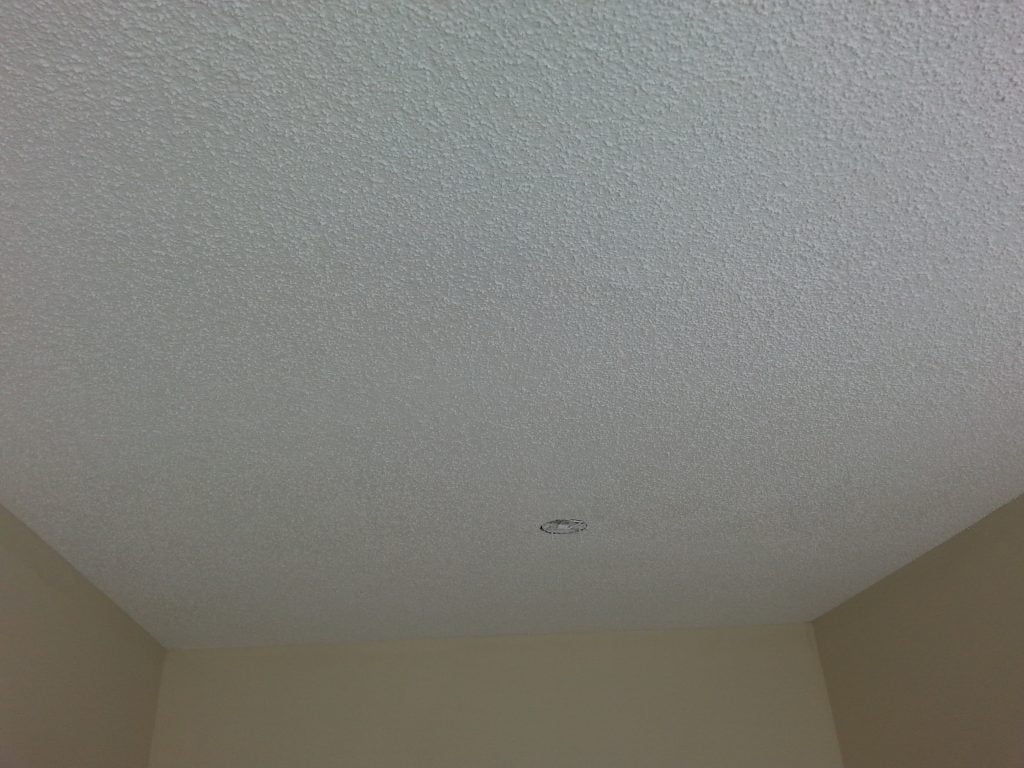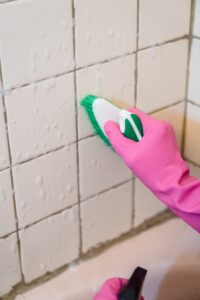This article down below on the subject of Water Stains on Walls is extremely intriguing. Check it out yourself and figure out what you think of it.

Water stains on walls are not enjoyable to the eyes. Your house must lack discolorations on the walls, roof, or floors. That is the optimal state of a residence and also its frameworks. Often it appears nearly unavoidable to experience water stains on walls in houses.
Home owners living in humid regions continuously take care of the anxiety of water discolorations on walls. But that doesn't have to hold true for you. With well-shaped and accurate info on the root causes of water spots and also punctual fixing procedures, you will certainly constantly be an action ahead of such events. This short article assures to be a helpful guide for you.
3 Typical Reasons For Water Stains on Walls
Unlike common belief, water discolorations on walls do not always stem from inadequate structure materials. There are several sources of water discolorations on walls. These include:
Damp
When warm damp air consults with completely dry chilly air, it triggers water droplets to base on the wall surfaces of buildings. When there is heavy steam from cooking or showers, this takes place in cooking areas as well as bathrooms. The water beads can tarnish the surrounding walls in these parts of your house as well as spread to various other areas.
Damp or condensation influences the roofing and wall surfaces of structures. This causes them to show up darker than other locations of the house. When the wall is wet, it develops an appropriate environment for the development of microorganisms and also fungis. These might have unfavorable effects on health and wellness, such as allergic reactions as well as respiratory conditions.
Poor Drain
This will avoid water from permeating into the walls. This web links to excessive dampness that you see on the walls of your building.
So, the leading source of wet wall surfaces, in this instance, can be a poor drain system. It can likewise result from poor administration of sewer pipelines that run through the building.
Pipeline Leaks
Most homes have a network of water pipes within the wall surfaces. It constantly raises the viability of such pipes, as there is little oxygen within the walls.
Yet, a drawback to this is that water leak influences the wall surfaces of the building and causes extensive damage. A dead giveaway of damaged pipelines is the look of a water stain on the wall.
Pro Tip
A houseplant in your home also enhances its humidity. If the home is already humid, you may want to introduce houseplants with minimal transpiration. An example of suitable houseplants is succulents.
Water Stains on Wall Surface: Fixing Tips
Home owners would usually desire a quick fix when managing water discolorations. Yet, they would soon understand this is detrimental as the water stains reoccur. Right here are a couple of practical suggestions that will certainly guide you in the fixing of water spots on wall surfaces:
Verdict
Although no one wishes to have water discolorations on walls in their house, it can take place to the very best of us. This short article offers you take advantage of, as you currently understand just how to handle this mishap if it does happen.
It is always best to hire professional services to aid fix the problems in your house.
Sometimes it seems nearly inevitable to experience water spots on wall surfaces in residences.
Contrary to popular belief, water discolorations on walls do not constantly stem from poor building products. There are several reasons of water stains on walls. The water beads can stain the bordering wall surfaces in these parts of your house and also spread to other locations.
Here are a few valuable pointers that will direct you in the fixing of water stains on walls:
CHECKING FOR WATER DAMAGE
Water damage can be costly, and it may begin before you even notice the first signs of trouble. Water damage can cause mold and mildew in your walls and floors, which can create an abundance of health concerns for your family. It can also lead to costly repairs of various appliances and general home fixtures. To avoid the pricey consequences of water damage, here are Warner Service s top 5 places you should check:
The walls The easiest place to spot the beginnings of water damage is on the walls and ceilings of your home. If water damage is present, there will most likely be water stains, especially around the windows and doorframes, and/or cracks in the drywall. If a stain looks unusual (discolored to brown, black or gray, raised texture), has a swollen appearance or is soft to the touch, contact a professional immediately. The pipes To avoid water damage, consistently check the pipes in your kitchen (especially the dishwasher and ice maker), bathrooms, laundry room (specifically washing machines) and basement for corrosion, leaks and water stains. Pay special attention to where the pipes connect in your home and the location of caulking around the bathroom fixtures, including toilets, sinks, showers and tubs. Missing or loose caulking and grout could be signs of leaking water. This seepage can also quickly cause mold and rust, so double check your water heater and tank for wet spots on the floor. The floor Water damage is very easy to spot on the floor. Look for any warping or buckling of the material, especially in the basement. If your home has wood flooring, look for bright white or dark stains. If your home has carpeting, keep it dry and clean. A damp carpet that smells of mold could cause water damage and health problems. To avoid this, consider installing floor pans under your appliances to help prevent damages from small, slow and undetected leaks. The basement and attic If your basement or attic smells odd check for mold and mildew around the area, especially the valley where the roof meets. While you are inspecting those areas, check for wall cracks, floor stains, rust and dampness in the insulation. If you live in a colder and/or rainier climate, perform routine checks for water damage from melting snow or ice and rain. The exterior Check the roof for damaged flashing and missing, cracked or curled shingles. There should also be no standing water anywhere outside your home. This could be caused by puddles, leaky rain gutters or hoses, poor drainage, or short gutter spouts. Invest in a sump pump system or water flow monitoring system, and perform routine maintenance on these outdoor appliances to avoid indoor water damage.

I have been very fascinated with How to Find and Repair Water Leaking in the Wall and I hope you enjoyed my entry. For those who enjoyed our post if you please do not forget to pass it around. Bless you for your time. Don't forget to visit our website back soon.
Get Estimate